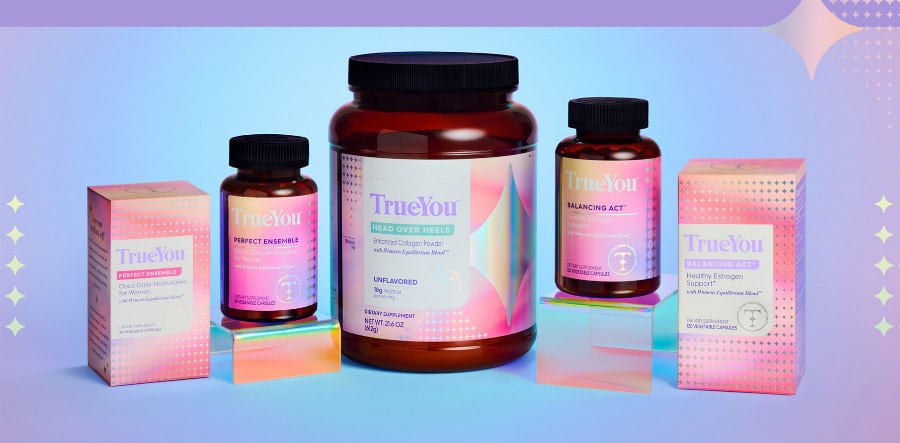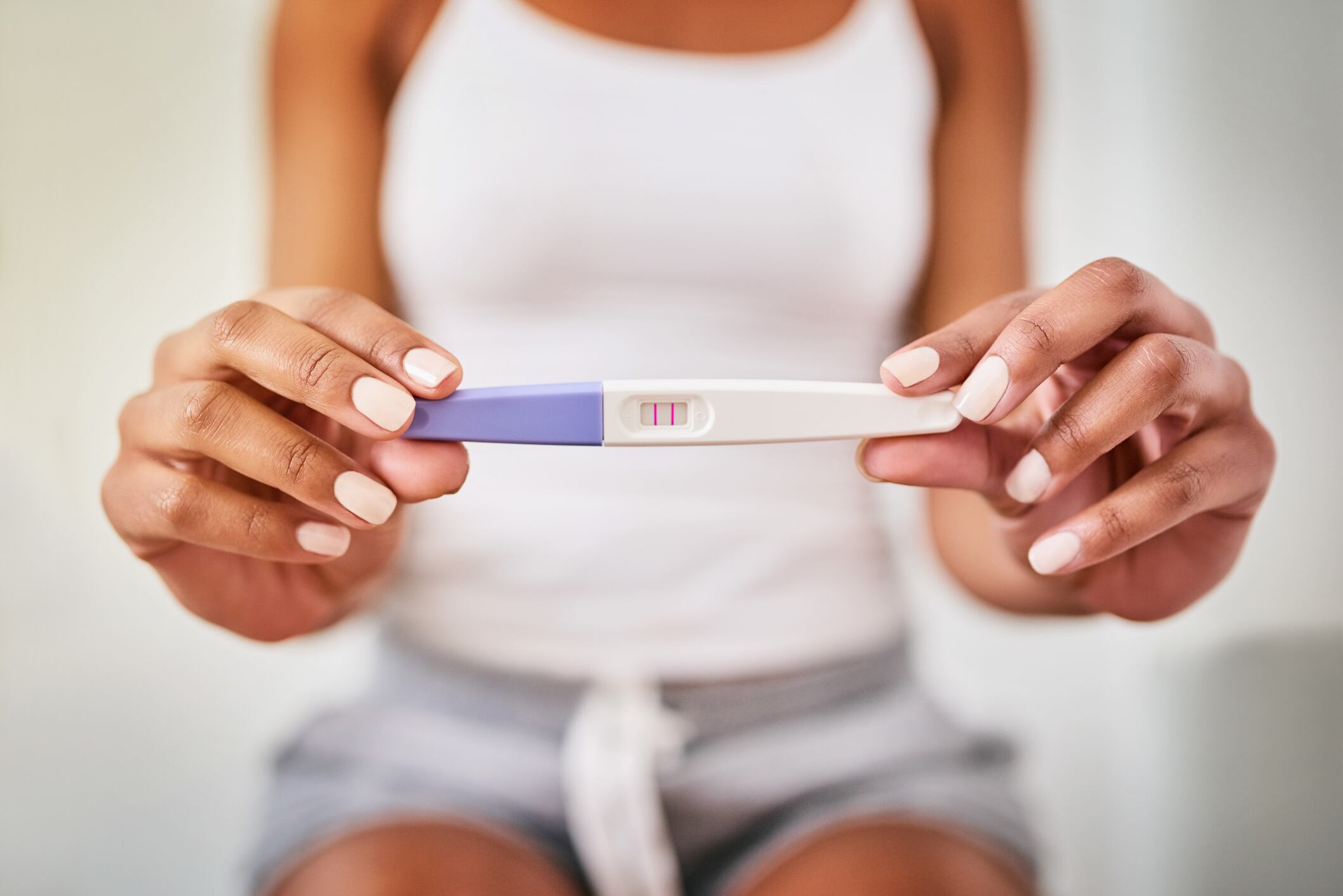The new research was published in the journal Frontiers in Endocrinology. It was the work of researchers associated with two universities and a hospital in Italy.
The researchers noted that there are a several different issues relating to male infertility such as low sperm motility, DNA damage, genital tract infections and inflammation and others. In addition, more that 20 different ingredients have been put forward by product developers all claiming to help deal with these issues.
Scoring system for ingredients, finished products
To try to put all of those variables together, the researchers came up with a scoring system for ingredients that was applied to single ingredient male fertility products in a previous paper. The scoring system, which is based on the results of trials found in a literature search, ranked the ingredients based on whether multiple trials had shown a positive effect (rank A, numerical score 5), if only one paper showed a positive effect (B,3), if trials showed both positive and null or negative effects (C,1) or if the trials showed no or only negative effects (D,-1).
To apply this methodology to multi ingredient supplements, the researchers came up with a weighted mathematical formula to recognize those formulas that used only or mostly the best scoring ingredients.
For evidence of the purported efficacy of the ingredients the researchers found 164 studies that matched their parameters. They then applied the scores and the weighted formula to 24 multi ingredient dietary supplements they found for sale on the Italian market that were marketed for male infertility. They then ranked those supplements on a scale with the top rank corresponding to those products likely to be effective, those that might possibly be effective and those unlikely to have a positive effect.
They found that only three of the 24 products they surveyed had ingredient combinations that yielded the highest score. All of those products contained both folic acid and inositol. One of the products also contained NAC (n-acetyl cysteine).
Other active ingredients included in the survey included omega-3 fatty acids, astaxanthin, vitamins B6, B12 and C, zinc, selenium and others.
Rationale for formulation choices
The researchers said they believed their methodology could put a rational framework around the choice of ingredients to go into such supplements and help give clinicians some guidance around which supplements to recommend.
“In the light of our findings, we raise three final considerations: i) the Italian market of DS for male infertility offers products with potential efficacy in the improvement of sperm parameters but also many with uncertain effects; ii) the actual literature is poor of well-designed studies on PAI (potential active ingredients)investigating their mechanisms of action and effective dose in different pathological conditions; and iii) based on current literature, our study can help in the choice of DS and PAI that are more likely to be effective on specific sperm alterations,” the researchers concluded.
Source: Frontiers in Endocrinology
https://doi.org/10.3389/fendo.2021.824078
Systematic Review and Critical Analysis on Dietary Supplements for Male Infertility: From a Blend of Ingredients to a Rationale Strategy
Authors: Garolla A, et al.




